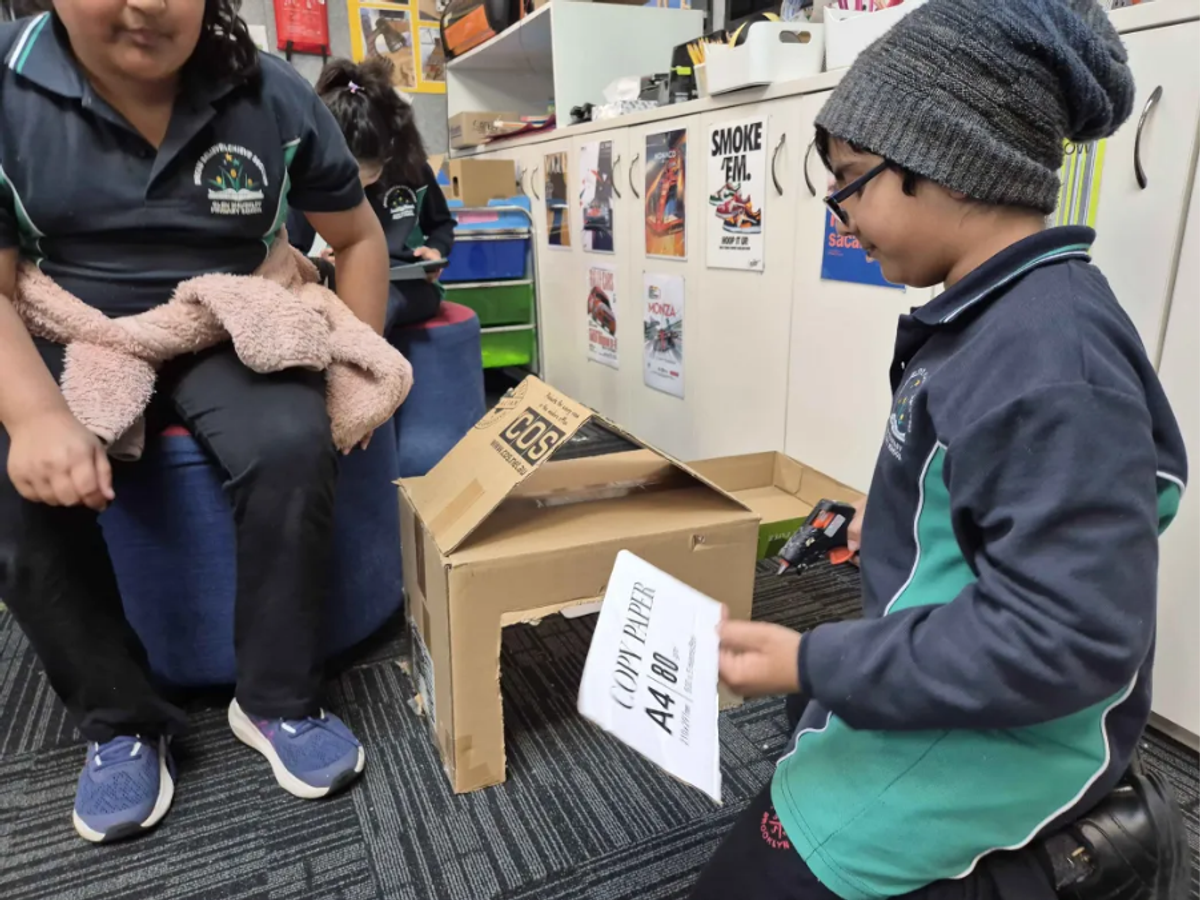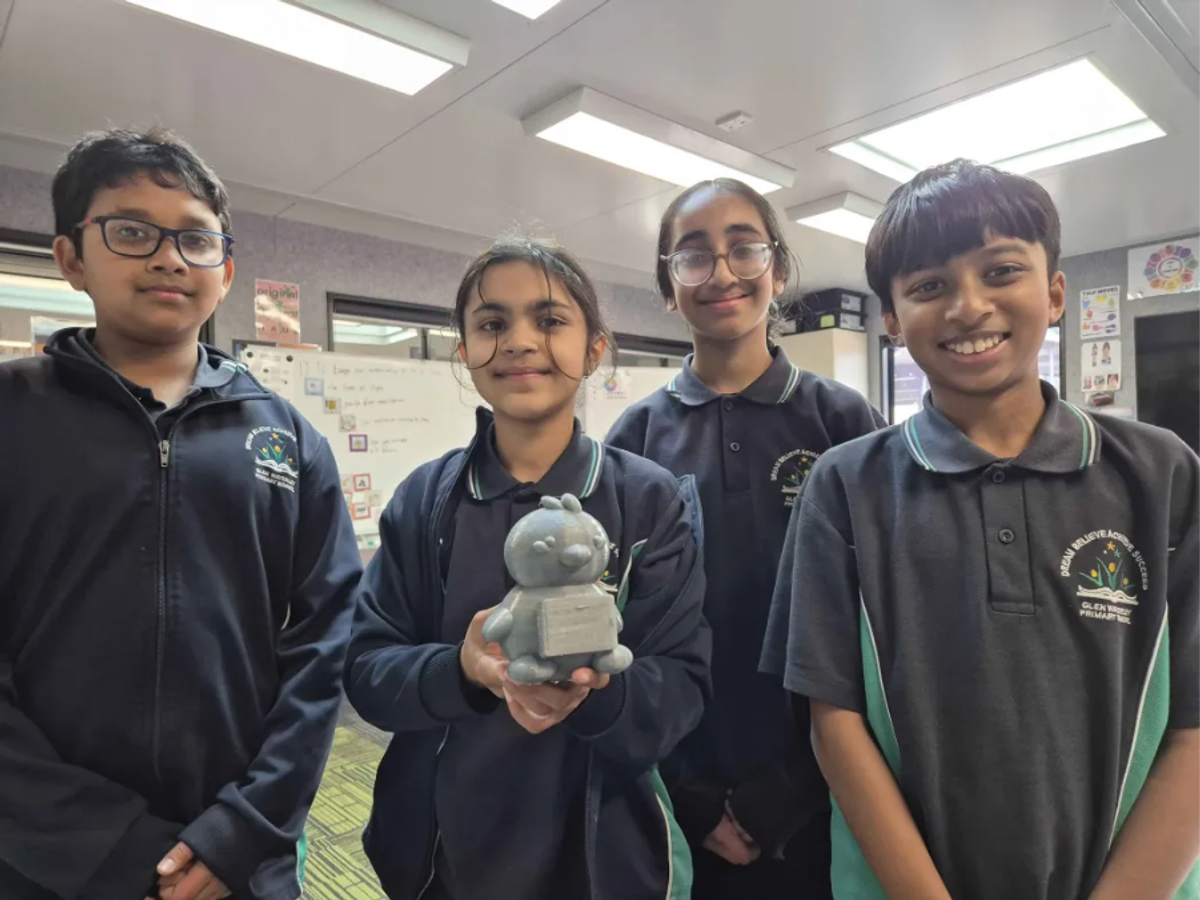STEAM

Year level: Prep
In Year Prep STEAM, our young learners will take continue exploring the different fields within STEAM- science, technology, engineering, art and maths- giving them the chance to try their hands at a variety of fun and practical challenges. They will build balloon helicopters, experiment with invisible ink made from lemon juice, work in teams to replicate famous structures, and tackle a series of Lego-based design challenges. The focus will then shift to testing problem-solving skills and encouraging ‘out-of-the-box’ thinking. Learners will reimagine classic fairy tales, brainstorming creative and practical ways to help characters overcome their challenges. From devising tools for a beanstalk climber to finding clever solutions for three billy goats and a trio of resourceful pigs, students will draw on real-world materials and STEAM principles to solve fantastical problems in inventive ways.
Year level: One
In Year 1 STEAM, students will continue to explore all aspects of science, technology, engineering, art and maths via several hands-on experiments and activities. To start the term, learners will explore the life cycles of different organisms, before trying their hand at growing their own bean plant. Through this task, students will understand what is required for a plant to successfully grow and the changes that tale place as a seed turns to a sapling and then a plant. To finish the semester, students will analyse several iconic sports stadiums across the world, assessing the essential features each structure needs in order to accommodate for its sport(s). Learners will then have the opportunity to build, in teams, a theoretical stadium for the 2032 Brisbane Olympic Games.
Year level: Three
In Year 3 STEAM, students will investigate the fundamental principles of design, considering both interiors and exteriors. The term begins with a focus on product and industrial design, where learners will explore how to balance functionality with aesthetics. They will study sketching techniques used by product designers, evaluate the environmental impacts of everyday items, and analyse Dieter Rams’ 10 principles of good design before applying this knowledge to create their own line of furniture. Finally, learners will dive into the design and construction of stadiums from around the world, looking closely at how each one is created to meet the needs of the sports it hosts, comparing different architectural approaches and discussing what makes certain stadiums stand out on the world stage. This learning will then culminate in students being given the opportunity to design a model Olympic Stadium and Village for the 2032 Brisbane Games
Year level: Five
The theme of Future Living takes centre stage in Year 5 STEAM this term. Students will begin by investigating how post-war cities responded to rapid population growth and compare this with the ways Melbourne is addressing the challenge of housing more than five million people today. Drawing on these insights, learners will then take on the challenge of designing the ideal living space of the future—a task inspired by Victoria's ‘20 minute neighbourhood’ concept and post-war town planning. Through this project, they will explore architecture, city planning, and sustainable development, gaining an understanding of how urban spaces have evolved from the past to the present and how they might look in years to come. In the second part of the term, students will turn their attention to the United Nations’ 17 Sustainable Development Goals, analysing how these objectives can be meaningfully addressed and achieved within this century, with learners choosing a goal to achieve on a small scale and pitching their proposed solution to a simulated body.


